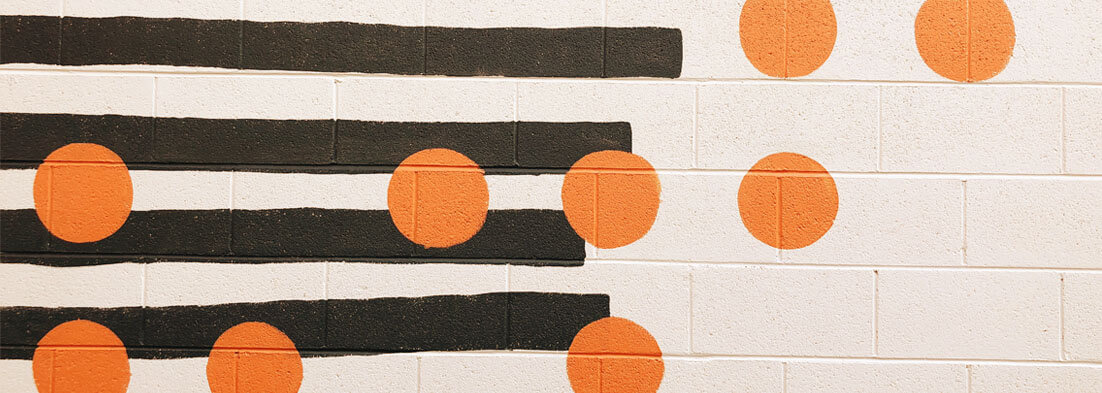Year 8 Maths
Year 8 Maths tutoring at Matrix is known to help students improve their marks and confidence at school.
Learning methods available
Select a year to see available courses

The Cartesian Plane provides a method of representing pairs of numbers that are related, as coordinate points.
If we plot multiple points, we can represent general mathematical relationships such as linear equations.
| Syllabus | Explanation |
| NSW Stage 4 NESA Syllabus | |
| Given coordinates, plot points on the Cartesian plane, and find coordinates for a given point (ACMNA178) |
|
| Plot linear relationships on the Cartesian plane, with and without the use of digital technologies (ACMNA193) |
|
Students should be confident with basic algebraic techniques such as substitution and have a basic understanding of linear relationships.
The cartesian plane is a grid which can be used to represent points.
Each point is a pair of numbers with an \( x \) and \(y number.
Eg. A [latex](2,5)\) means for a point \(A\), the \(x\) coordinate is \(2\) and the \(y\) coordinate is \(5\) :
Conversely, we can find the coordinates of a point B[/latex] on the plane:
So, we write \(B(1,3)\).
When we are given a linear relationship such as \( y = 5 + x \), we can represent this on a cartesian plane by determining which points the relation goes through and joining them to form a straight line.
To do this, first we create a table of values:
| x | 0 | 1 | 2 | 3 | 4 |
| y | 5 | 6 | 7 | 8 | 9 |
Then we can plot each point on the coordinate plane, and draw a line that goes through these points:
Any points that lie on the line (even those that aren’t points on the grid) are solutions to the linear relationship \( y=5+x \).
The line continues forever, so there are infinite solutions to this relation.
For example, we can see that the point \((5,10)\) lies on the line, and so when \( x=5 \), \(y=10\), we have \(10 = 5 + 5\).
We can also determine linear relationships based on lines on a cartesian plane.
For example, consider the following line:
Looking at the points marked on the line, we can construct the following table:
| \( x \) | 0 | 1 | 2 | 3 |
| \( y \) | 3 | 5 | 7 | 9 |
What is the equation represented by this line?
We know that when \( x = 0 \), \( y = 3 \); and the difference between successive \( y \) values is \( 2 \).
So, therefore our equation must be \( y = 3 + 2x \).
Now we have covered reading points from a graph, constructing a line on the cartesian plane by plotting values, and finding the equation that is represented by a given line on the coordinate axes.
a. (1,2)
b. (2,3)
c. (-1,4)
2. Given \(y = 3x-x\), find 3 points on the line and hence plot the line.
3. Determine the linear relation governing the following line.
1)
2)
| \( x \) | 0 | 1 | 2 |
| \( y \) | 3 | 6 | 9 |
3) \( y = 2x – 3 \)
© Matrix Education and www.matrix.edu.au, 2023. Unauthorised use and/or duplication of this material without express and written permission from this site’s author and/or owner is strictly prohibited. Excerpts and links may be used, provided that full and clear credit is given to Matrix Education and www.matrix.edu.au with appropriate and specific direction to the original content.